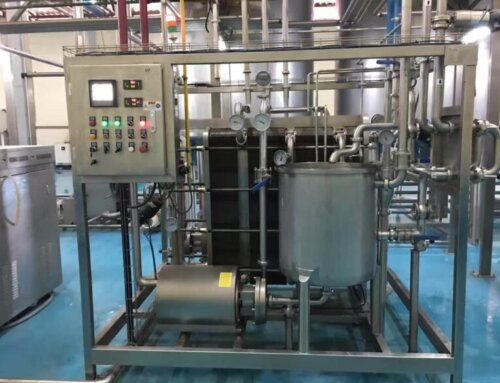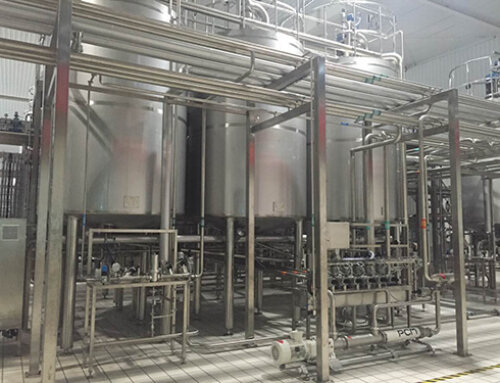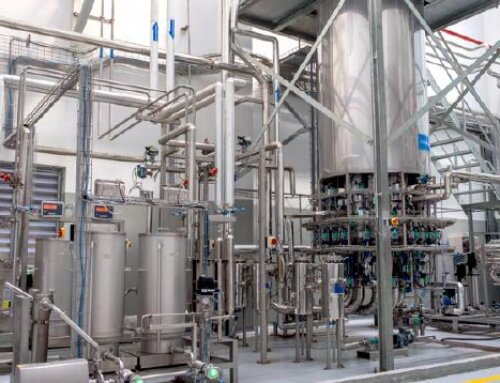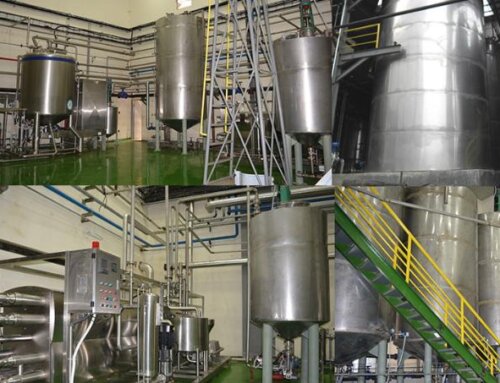Whether it is a fruit juice or a cocktail drink, in addition to the good taste and natural health of the drink, the color of the drink is usually an important factor in determining the sales. This article will specifically introduce how to make the color of the drink more attractive?

Add Pigment
Some beverages are originally colorless or poor in color. By adding pigments, the beverages have attractive colors, stimulate people’s appetite and desire to buy, and improve the commercial value of the products. Color matching needs to fully understand the properties and states of various pigments, and select appropriate pigments according to the characteristics of the pigment and the conditions of use, so that the coloring of the pigment is in the best state, and the color is similar to the original food color. Pigments with high purity should be selected as far as possible, with high purity of pigments, good brightness and extensibility of shades, and less discoloration and fading. Color matching also chooses the color that customers are accustomed to and psychologically like. For example, red gives a strong and mature feeling, yellow gives a fragrant and delicious feeling, orange gives a sweet and mellow feeling, and green gives a fresh and cool feeling.
Inhibits Enzymatic Browning
Under the action of polyphenol oxidase and peroxidase, phenolic substances such as tannin, chlorogenic acid and tyrosine in fruits and vegetables undergo enzymatic reaction and appear brown. Enzymes and substrates are localized in the cell and do not come into contact with each other until the raw material is crushed. During processing, polyphenol oxidase contacts with the substrate, and browning occurs, generally from colorless or golden yellow to brown. In order to prevent the occurrence of browning, conditions such as heating and changing the pH value are generally used to inhibit the occurrence of enzymatic reactions, thereby preventing the occurrence of tan.
Chemical modification
Anthocyanins, chlorophyll, etc. are inherent pigments of raw materials used in beverages, but their stability is not high. During beverage processing and storage, changes often occur due to changes in ambient conditions (temperature, light, pH, metal ions), resulting in the color of the beverage is unstable, and some unstable pigments are reacted with specific macromolecular compounds that are harmless to the human body, thereby improving the stability of the pigment.
Add Reducing Agent
Sodium bisulfite is a traditional color-retaining agent. At present, in view of food safety considerations, its application range is increasingly narrow. Now citric acid, ascorbic acid and sodium erythorbate are the most popular color-retaining agents.
Adsorption Decolorization
It is generally believed that a drink that is too dark is caused by improper storage or processing conditions, for which it is necessary to lighten the color. In production, macroporous resin, activated carbon, etc. are generally used to adsorb and remove part of the pigment material, so that the color of the beverage becomes lighter, and it looks fresher from a visual point of view. Macroporous resins are relatively easy to adsorb the brown substances produced by enzymatic browning, while the adsorption capacity of non-enzymatic browning products is limited. Activated carbon has a better effect on the removal of non-enzymatic browning products.
Reaction To Form Color
The different components of the beverage can be adjusted to react to create the desired color. For example, adjusting the amount of reducing sugar and amino acid, and using sterilization and other conditions to make the two have a moderate Maillard reaction and increase the sauce color of the beverage. The study found that the Maillard reaction can not only change the flavor and color of beverages, but also many of its products have antioxidant capacity.




